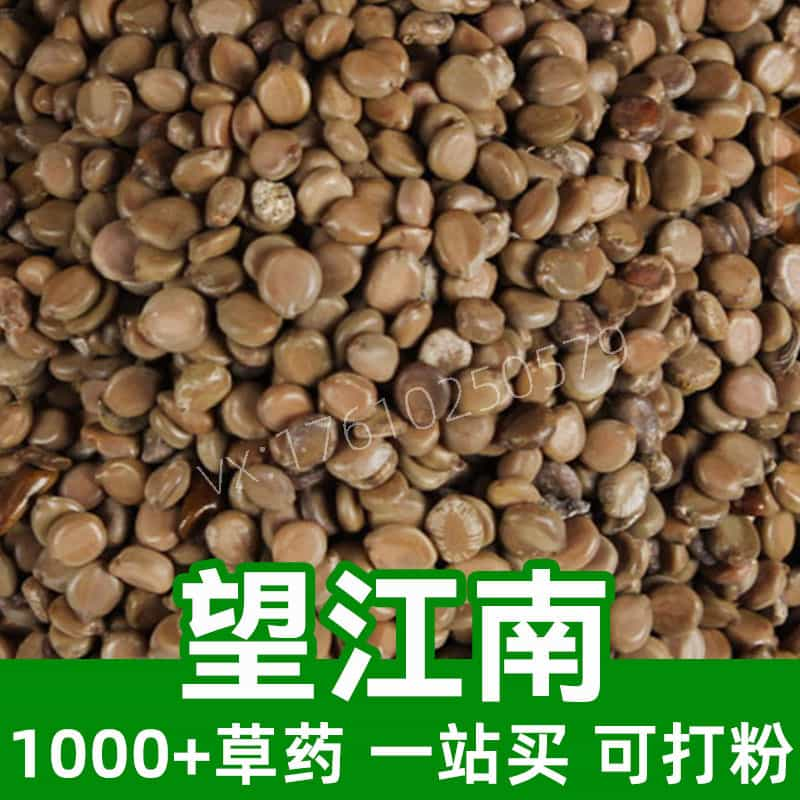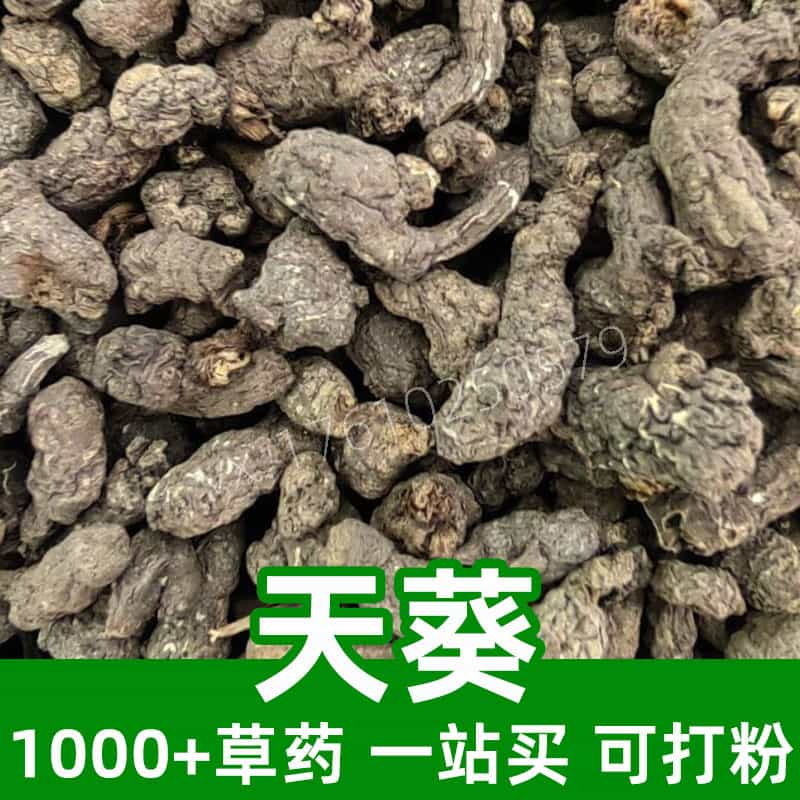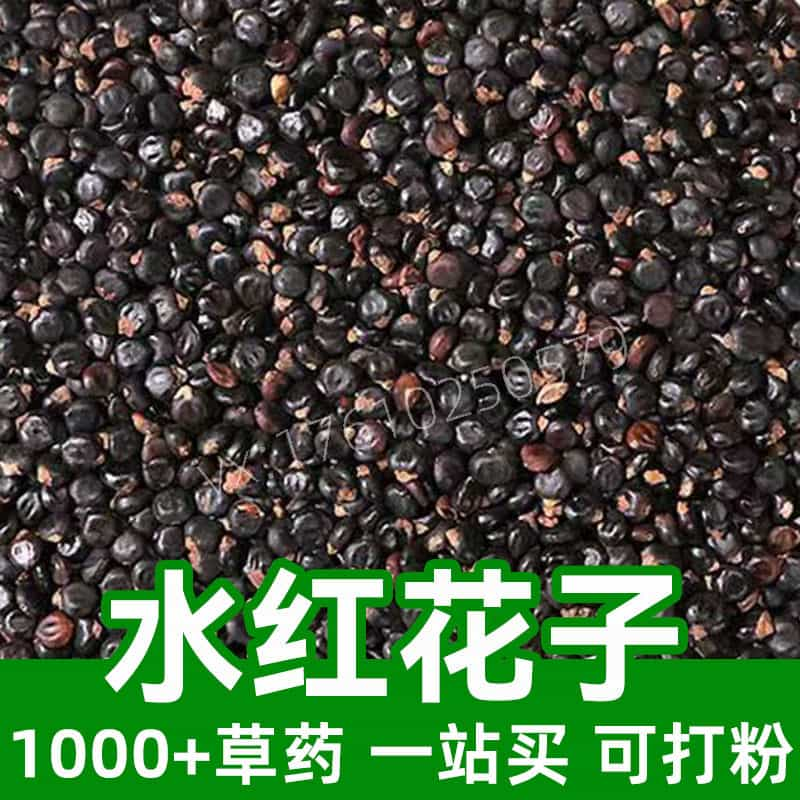Product Introduction
Malabar Nut, scientifically known as Adhatoda vasica, is a versatile medicinal herb renowned for its historical use in various forms of traditional medicine across the Indian subcontinent and broader Southeast Asia. Traditional Chinese medicine (TCM) practitioners recognize Malabar Nut for its significant benefits, especially related to respiratory health. The plant is characterized by its handsome white and lavender flowers and thick, dark green leaves that contain a range of bioactive compounds contributing to its therapeutic properties.
Considered an essential herb in Ayurveda, Malabar Nut is often leveraged for its expectorant and anti-inflammatory effects. The principal active components, such as Vasicine, are thought to facilitate healthy respiratory function and are traditionally used to provide relief from coughs and bronchial conditions. Beyond respiratory health, Malabar Nut has applications in treating fever, asthma, and other ailments, demonstrating its versatility as a herbal remedy.
Researchers continue to study the various components of Malabar Nut, unveiling a rich tapestry of bioactive substances that may contribute to the understanding of its efficacy. With a history steeped in medicinal use, Malabar Nut stands as a testament to the wisdom of traditional herbal practices, providing insights into the benefits of this remarkable herb.
Main Active Ingredients
Malabar Nut is a treasure trove of chemical constituents that contribute to its medicinal potential. The most prominent active ingredients include Vasicine and Vasicinone, both of which are alkaloids recognized for their extensive pharmacological effects.
Vasicine, in particular, is a key component, known for its bronchodilatory and anti-inflammatory properties. Studies have indicated that Vasicine can help modulate bronchial passages, making it a sought-after ingredient in formulations targeting respiratory issues.
In addition to Vasicine, Malabar Nut also contains various other alkaloids and flavonoids, including Eucomic acid, which exhibits antioxidant properties. The presence of flavonoids provides additional benefits due to their abilities to combat oxidative stress and inflammation, which are common in respiratory conditions.
With compounds like 3,5,7-Trimethoxyflavone, the therapeutic potential of Malabar Nut is further enhanced. These chemical constituents work synergistically to promote overall wellness, making Malabar Nut a valuable addition to herbal medicine. The complexity and multitude of bioactive compounds found in Malabar Nut are a focal point of research, underscoring the herb's reputation in the herbal pharmacopoeia.
Product Application Scenarios, Usage, and Dosage
Malabar Nut is widely utilized within traditional Chinese medicine and Ayurvedic practices due to its numerous health benefits. In TCM, it is often classified under herbs used for relieving cough and phlegm, indicating its importance in treating respiratory ailments.
The herb is typically administered in various forms, including powders, decoctions, and capsules. For general health maintenance or mild coughs, a typical dosage is around 5 to 10 grams of the dried herb when prepared as a tea or infusion. For those using it in powder form, 1 to 2 grams mixed with warm water could serve as an effective expectorant.
Moreover, in therapeutic contexts, higher doses may be employed under professional supervision to manage chronic respiratory issues. It is essential, however, to consult with a qualified practitioner for specific formulations and personalized dosages based on individual health conditions.
Besides its medicinal applications, Malabar Nut also finds use in the food industry, particularly in areas where its characteristic bitterness can complement various recipes. Its essence is sometimes incorporated into culinary practices as natural flavoring, adding a unique twist to traditional dishes.
In summary, the applications and recommended dosage of Malabar Nut are deeply rooted in historical practices that prioritize safety and efficacy, emphasizing the importance of proper guidance and preparation in herbal medicine.
Introduction to the Source Plant, Distribution, and Growth Environment
Malabar Nut, or Adhatoda vasica, thrives in tropical and subtropical climates, often found in forested regions and along roadsides in its native range, predominantly across India, Pakistan, Nepal, and parts of Southeast Asia. The plant flourishes in well-drained, loamy soil with ample sunlight and moderate moisture, making it a resilient species adaptable to varied environmental conditions.
The Malabar Nut plant can grow up to 1 meter in height, showcasing elongated, lance-shaped leaves that are dark green and glossy, which not only serves as its defining visual characteristic but also plays a role in its medicinal properties. The flowering season typically occurs from late spring to early summer, revealing clusters of delicate white to pale lavender flowers, which are not only visually appealing but also an important part of the plant's reproductive cycle.
Propagation of Malabar Nut commonly occurs through seeds, which can germinate readily in warm, moist conditions. The plant's adaptability allows it to expand its geographic footprint beyond its original native habitats, with cultivation observed in various regions where traditional herbal practices are integrated into local medicine.
In summary, the source plant of Malabar Nut is central to its identity and benefits, with its distribution and growth environment contributing to its availability and ecological importance. The careful stewardship of Malabar Nut in sustainable practices ensures its continued use in traditional and modern herbal applications.
Harvesting, Processing, and Storage
The harvesting of Malabar Nut typically occurs in late summer when the leaves are fully matured, and the flowers have bloomed. Sustainable practices dictate that only mature leaves should be picked, as this ensures continued growth and regeneration of the plant. Farmers and herbalists cultivate Malabar Nut with care, often engaging in traditional methods that respect the plant's life cycle.
Once harvested, the leaves are washed to remove any impurities and then subjected to the drying process. Proper drying is crucial, often conducted in shaded, well-ventilated areas to prevent the loss of active ingredients and inhibit mold growth. Ensuring the leaves are completely dry preserves their medicinal properties and extends shelf life.
After drying, the leaves can be processed into various forms, including powders for encapsulation, teas, or decoctions for practical use in herbal preparations. Each processing method aims to maintain the integrity of the valuable bioactive components, which are essential for efficacy in medicinal use.
Storage of Malabar Nut should be executed with attention to the environment, as moisture and light can significantly affect its potency. It is recommended to store Malabar Nut in airtight containers, kept in cool, dark places away from direct sunlight. Proper storage conditions can preserve the herb for extended periods, ensuring its availability for both traditional and contemporary applications.
In conclusion, the meticulous practices surrounding the harvesting, processing, and storage of Malabar Nut reflect its importance as a medicinal herb, ensuring that its traditional use continues to be both effective and sustainable.
Monica Sun is a seasoned expert in the natural raw materials industry, with over a decade of experience specializing in traditional Chinese medicinal herbs, spices, and fungi. She is skilled in the sourcing, processing, and application of these materials, emphasizing sustainability and innovation. Monica Sun has contributed to the development of high-quality natural raw materials that serve as essential components in functional foods, pharmaceuticals, and cosmetics, delivering tailored solutions to meet diverse market needs.














